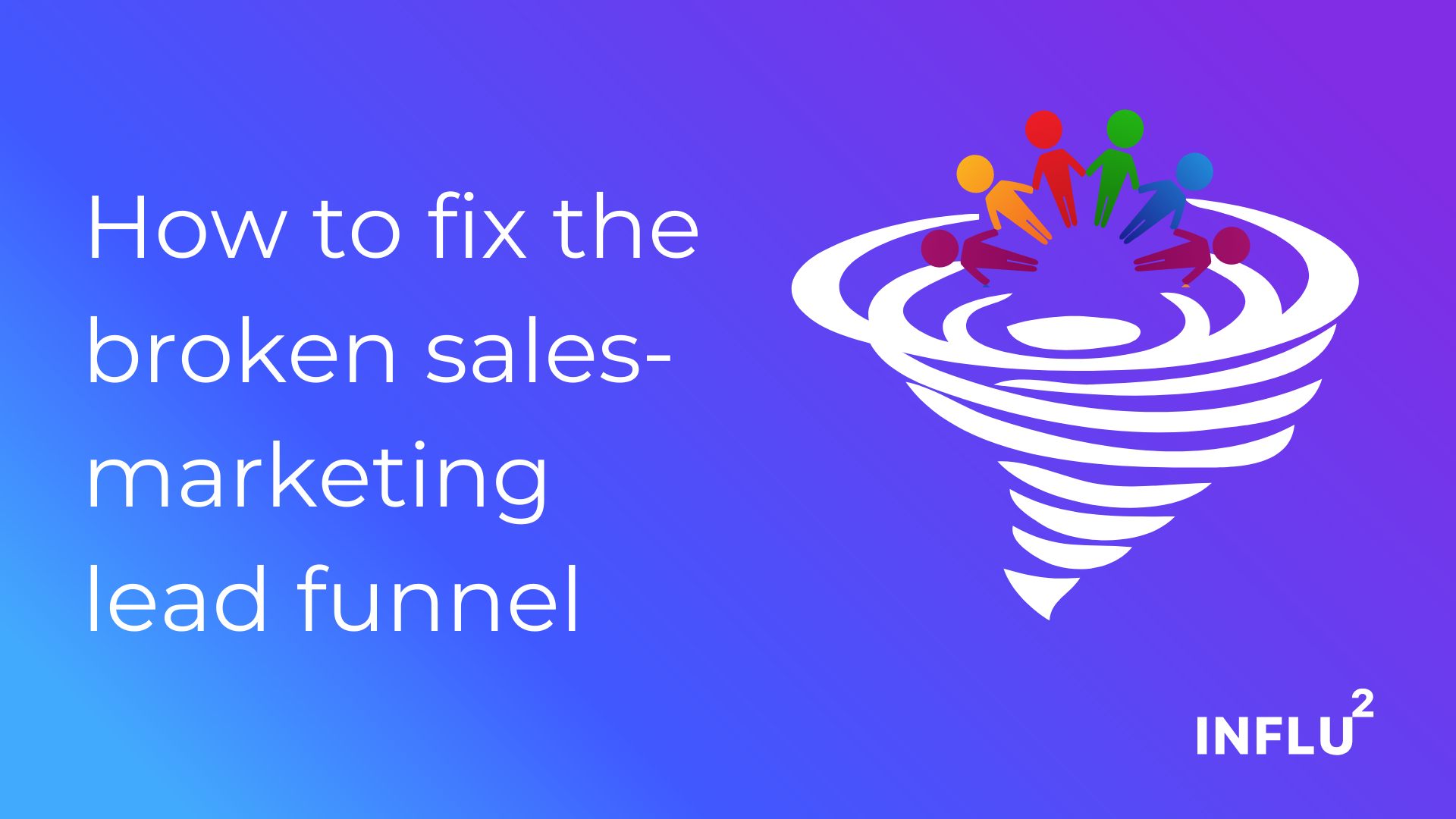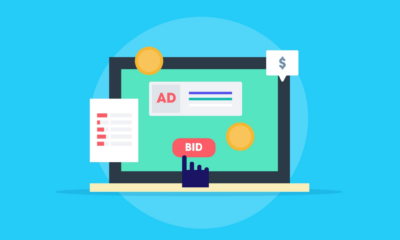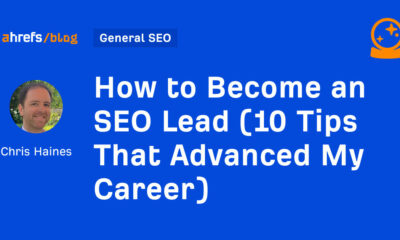
You’ve worked hard to turn the engagement from your recent marketing campaign into leads. Once your suspects have become prospects who’ve finally reached the scoring threshold, you toss the leads over the proverbial wall for sales to work. Later, you learn that after an initial push, your warm marketing leads have gone cold. This is because sales prioritized their list over the leads you sent to them. Moreover, sales doesn’t want you to do any marketing to their prioritized list because you lack the context of the relationships they are actively cultivating. This results in them not sharing data with you.
Misaligned goals. Poor execution due to a lack of communication. A dearth of shared, reliable data. All of it culminates in low trust between the two teams. It’s an illustration of the kind of scenario that can cause a deep divide between sales and marketing. And it impacts revenue.
So what do you do? Let’s take a look at how to fix the funnel.
According to Forrester, 94% of B2B purchasing decisions are made by buying groups and not individuals. Using a traditional Account-Based Marketing (ABM) approach these days is not enough. You have to go more granular to reach the right contacts. You have to go to the buying group.
Buying Group Marketing (BGM) focuses on engaging the key decision-makers inside your target accounts. This approach is about continually monitoring sentiment and engagement with buying groups within your target accounts to curate marketing and sales experiences accordingly. For instance, a finance buying group member likely has different concerns than an IT buying group member. Your content, creative, and delivery should be designed around that.
While traditional solutions have not been sophisticated enough to reliably identify and engage with buying groups, new technologies are emerging that measure probabilities of conversion for the group. Influ2’s Person-Based Advertising solution is a BGM enabler. Person-Based Advertising allows you not only to capture buyer engagement at an individual and buying group level. The score indicates how ripe the individuals are for outreach. This data can then be operationalized through the funnel and in existing workflows through platforms such as Salesforce, HubSpot, Marketo, and Outreach. This allows marketers to notify sales about the engagement activity of the contacts they care most about.
In the life of a lead, the Marketing Qualified Lead (MQL) is typically the link where ‘ownership’ passes from the hands of marketing into the hands of sales. Marketing and sales often work independently on either side of the MQL wall.
Marketing casts the content net wide into the sea of possible prospects. Sales goes narrow, addressing specific needs and hot buttons of individuals. When the lead is qualified by marketing, it passes from one world to the next—broad to narrow.
If the MQL is the main KPI you report on as a marketer, it’s not enough. Imagine a world where sales and marketing could work together throughout the entire life cycle of the lead—from initial awareness to closed deal. Getting rid of the MQL would unify the funnel into one holistic buyer’s journey where sales and marketing activities are not separate concepts but rather a well-coordinated effort targeting the entire buying group. It uses all the tools in the toolbox with surgical precision. A holistic effort such as this focuses on the buyer’s experience. A Buying Group Engagement score is a sales and marketing shared metric that could help to better align the teams and provide valuable insight to push the entire account across the finish line.
Our data shows that engaged buying groups get approximately a 2.5x boost in conversion rates on average versus non-engaged buying groups. Marketing that results in engagement at the sales development stage is priceless. In fact, one of our clients who targeted advertising at buying groups even deep in the funnel had great results. Buying groups that engaged with their advertising at the ‘demo stage’ had a 1.5x increase in conversion and at the ‘evaluation stage’ had a 2x increase in conversion.
This is a whole new way of working!
In many companies marketing and sales alignment begins and ends with a joint meeting to define an Ideal Customer Profile (ICP) so that teams target the right prospects. While BGM requires sales and marketing collaboration through the entire funnel, it’s also especially important messaging is aligned through each stage of the journey.
Without an MQL, the sales development team can prioritize the buying group engagement to hold warm conversations. But keep in mind that while priority goes to buying group engagement, any engagement with marketing effort is a sign of interest. If a target clicks on your ad, there is interest, so salespeople should be aware of every click.
At a high level, working together includes:
- Aligning on strategy, covering areas such as buying group architecture and approaches, personas, personalization, and privacy.
- Creating a relevant experience: from copy to creative from awareness to closed deals, handcrafting buyer experiences to reach prospects as individuals and not types.
- Shared metrics: aligning marketing and sales metrics to end results and each other.
In the end, fixing the broken sales-marketing funnel will drive a different way of working.
It will require a much closer orchestration of activities through the funnel, one where everyone has a clear understanding and agreement about strategy, target audience, and the ideal customer profile. One where operationally, your systems are aligned to your strategy to keep the data flowing. You must define what types of data are critical to your business and what parts of the process you can automate. And you must have regular communication between sales and marketing teams to ensure that you carefully design and administer around the journey, putting the customer where they should be—in the center.
If you would like to learn more about how to implement a Buying Group Marketing strategy, please contact us.





















You must be logged in to post a comment Login